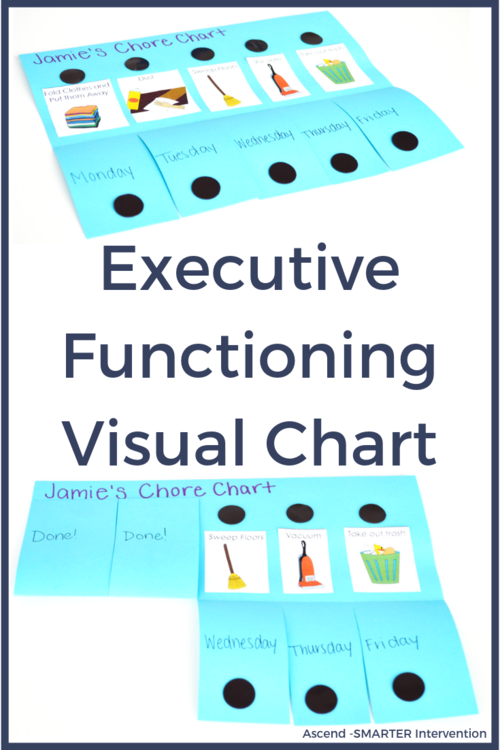The Secret to a Chaos Free Morning
If you are anything like us, your mornings probably go something like this:
Child: "MOM! MOM! I can't find my shoes!"
Me: "They are under the table, where you left them yesterday."
Child: "Mom! I forgot. I need you to sign these 72 papers for my class field trip today!"
Me: "Why aren't you dressed yet? We were supposed to leave 10 minutes ago! Stop playing and go get dressed!" (10 minutes later...still not dressed).
When there are kids running around, it can make mornings difficult. For a child, tasks that we think should be simple (like getting ready in the morning) are still too big.
As their Executive Functioning skills are still young and developing, the multi-step sequence of getting dressed, brushing their teeth, eating breakfast, and grabbing their backpack can get jumbled, confused, and interrupted.
The Secret to a Chaos-Free Morning-
Having a routine!
All people benefit from having routines and children are no exception! By doing the same things every day, in the same order, a routine can take the confusion out of your morning and allow you to be less overwhelmed. Younger children may need support learning these routines. Having a visual chart that they can follow allows them to go step by step through their routine while gaining independence.
What Should My Child's Routine Include?
Kids of different ages will need different supports. The youngest kids should have pictures. As they get older, you can add in words (eventually taking pictures out) as well as times. The time constraints will add another level of difficulty for kids. Not only do they have to complete the chart in order, but also within the times allotted.
Every morning your child should get up and begin their chart. Set this up to fit your morning, but also your child's. Different steps might include brushing their teeth, brushing their hair, making their bed, getting dressed, etc.
You can set your chart up in different ways, but the child should be able to somehow mark their tasks as "done" once they are completed.
This will give them a sense of accomplishment, as well as help them keep track of what was done, and what is left to do. Some common models we see are magnets (stick the pictures to a cookie sheet so the magnets can move) folded papers, velcro, etc.
You can also make these charts to help kids with chores, homework, and getting ready for bed. Visual schedules and charts are a great support for your children. After using them for a few weeks, now our mornings look more like this:
Wake Kids Up
Go about our own morning routines
(A half-hour later, the kids come downstairs already dressed) "Mom we finished our charts!"
Eat breakfast
Go to the bus.
Visual charts have made our mornings such a breeze, we hope they will help you too!


